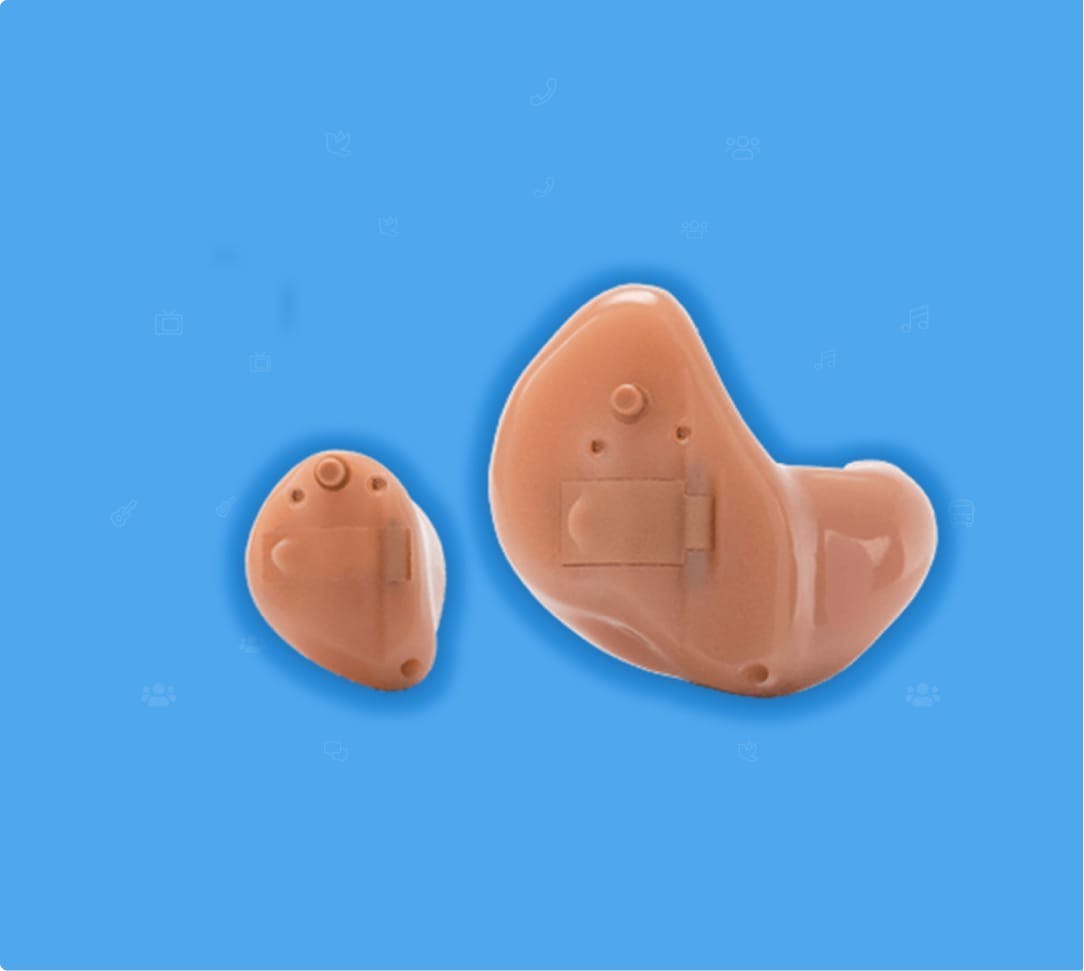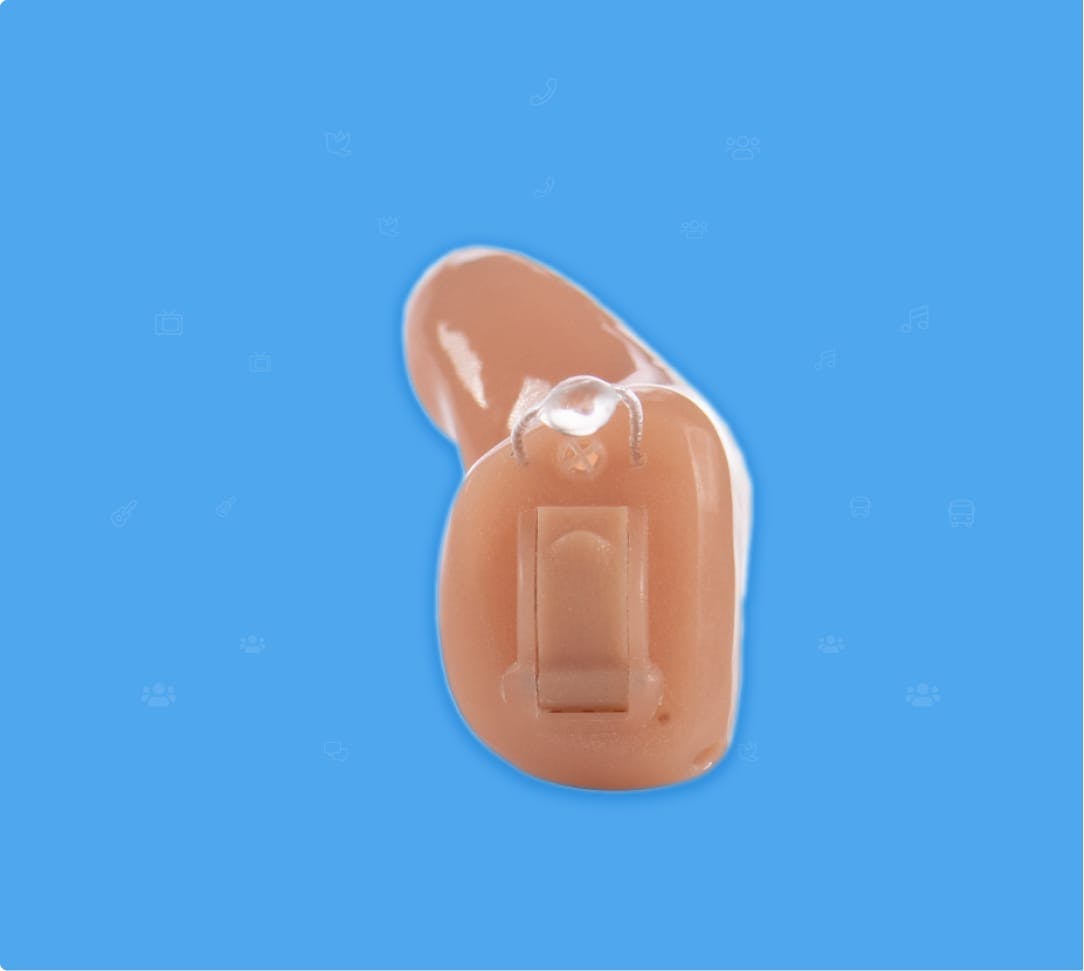Hearing aids have improved greatly with the advent of digital technology. If you’re picturing big and bulky devices with questionable sound quality, you’ll be pleased to learn today’s instruments are smaller, more comfortable and provide sound that is more natural. They are available in a variety of sizes and styles, so finding one that appeals to your lifestyle needs and cosmetic preferences should be easy.

Types of Hearing Aids
Today’s hearing aids are discreet, comfortable, and provide a natural sound. They’re available in many sizes and styles, so you’re sure to find one that works for you.
Receiver in Canal (RIC)
hearing aid typesAn RIC hearing aid consists of a tiny housing containing all electronics except the receiver, which is positioned behind the ear. A thin tube connects the housing to the receiver, which is worn in the concha (bowl-shaped portion) of the ear. It’s a small and discreet unit but powerful enough for treating mild to moderately severe hearing loss. Prone to low frequency noise leakage, this style is best for mild to moderate hearing loss in high frequency ranges only.
Related conditions:
- Fits a range of hearing losses
- Connects to your smartphone and other devices
- Available with rechargeability and Bluetooth connectivity

Behind the Ear (BTE)
The most popular style of hearing aid (about 60 percent of users choose this type), a BTE device is curved to match the contour of the ear and rests directly behind the ear. The housing, which contains all the electronics, is encased in plastic and connects to the ear canal with a thin, clear tube or ear mold. Though more visible than other styles, the BTE is simple to use, making it a popular choice for children. It’s powerful enough for all types of hearing loss.
Related conditions:
- These durable devices are typically fit to those patients with severe to profound hearing loss
- They are a good option for those people with limited dexterity
- Available with rechargeability and Bluetooth connectivity

In the Ear (ITE) or In the Canal (ITC)
This hearing aid is designed to fill the outer portion of the ear, and is larger than those worn in the ear canals. It is less discreet, but the size allows for more features and makes the unit easier to adjust. A bigger battery translates to longer life and means those with severe or profound hearing loss can benefit from this style.
Related conditions:
- A good choice for those who may have trouble fitting a BTE/RIC style hearing aid
- Patients with near normal low frequency hearing may experience a “plugged up” feeling known as occlusion
- Some models may connect to your smartphone for technology integration

Completely in canal (CIC) / Invisible in the canal (IIC)
This hearing aid is placed in the ear canal and is the smallest available. It takes advantage of the ear’s natural ability to collect sound, and its discreet size makes the device virtually invisible to others. The trade-off is a shorter battery life, and it may prove difficult to adjust for those with poor manual dexterity. This style is also designed to fit in the ear canal, but not as deeply as a CIC device, resting securely in the lower portion instead. It’s a little larger, making it easier to insert and remove and extending the battery life.
Related conditions:
- Almost invisible to those around you
- Requires batteries that are changed frequently
- This style compromises technology integration because of the small design

